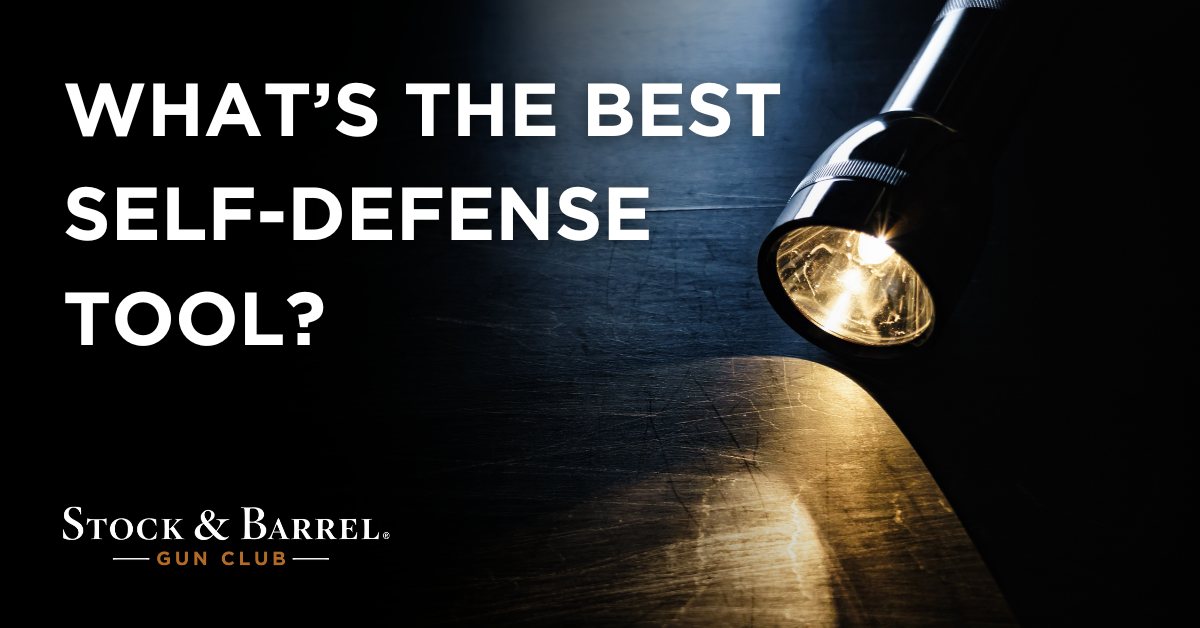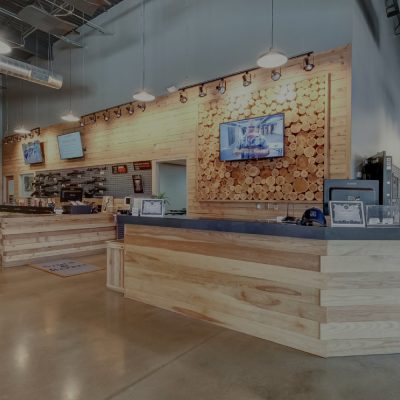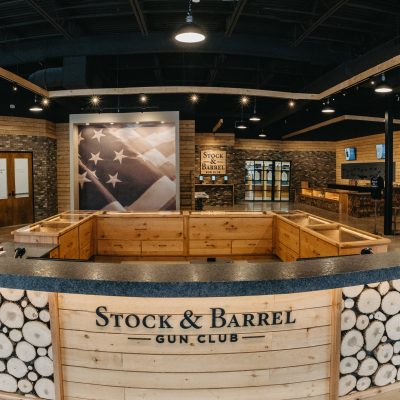When people talk about “self-defense tools” they are almost always talking about
a weapon or use-of-force device: guns, knives, pepper spray, stun guns, and so on. But
there’s one defensive implement that is easier to carry, and arguably more useful, than
any of the aforementioned items. Flashlights are not just for finding your keys or
checking for change in the couch. They are a valuable tool with real and practical
applications for self-defense.
Our world is dark 50% of the time, so why wouldn’t you want a tool to reveal
threats, illuminate terrain, and guide your way in an emergency? Having said that, not
all flashlights are created equal. A flashlight that you intend to rely on as a defensive
tool needs to have a certain set of features appropriate to the task. First and foremost, it
must have sufficient light output. But even this is not always a straightforward metric. In
the tactical flashlight industry, there are two numbers that matter: lumens, and candela.
Lumens: these are a measure of raw light output. Imagine a bare lightbulb
hanging from the ceiling in the middle of an empty room. Light is cast generally evenly
across the room with no “hot spot” or directional bias.
Candela: Imagine sliding a three-foot long pipe over the lightbulb. Now all of the
light is cast directly down, through the pipe. The result is an incredibly bright, dense
spot. While there may be some residual “halo” light around that center spot, it’s
noticeably dimmer, and the far corners of the room may still be completely dark. This is
candela – light projected in a specific direction.
Which is more important? While there isn’t necessarily a definitive answer, a light
with higher candela gives you a couple of distinct advantages. High candela lights
project their beam further, an effect sometimes referred to as “throw”. A light with more
throw allows you to identify potential threats from further away. Perhaps even more
important for most urban and suburbanites, higher candela flashlights are much better
at overcoming photonic barriers.
While it may sound like the name of a sci-fi space weapon, “photonic barrier” is
simply a fancy way of describing other light sources in your environment that must be
overcome for your flashlight to work effectively. The best example of this is when you’re
driving at night and a vehicle coming towards you forgets to turn off their high beams.
Even though you have your headlights on, their headlights are able to overcome yours.
The result is that the oncoming driver not only has a better view of their lane, but they
blind you in the process. Now imagine you’re walking through a dark parking lot. As you
pass by a parked car, its headlights turn on, and the passenger steps out. Because
you’re directly in front of the headlights, you can’t see who got out of the car, what
they’re doing, or if they pose a threat. But if you had a high-candela flashlight in your
pocket, you would be able to shine it through the windshield of that same car and see
who’s inside, despite the light being thrown your way by the headlights. Looking into
dark rooms, windows, or alleys during the day will be much easier with a higher candela
light as well.
On the other side of the debate, if you are looking for a flashlight to keep by your
bedside, or mounted to a home defense gun, a higher lumen, lower candela light may
be the better tool. The ultra-high candela lights typically project a very tight beam with a
bright center spot. While this is great for distance, or for overcoming mixed
environmental lighting, shining it across your living room will just create a bright spot on
the far will, as opposed to casting light widely across a room you’re trying to light up. For
these instances, a high lumen light with a wide beam pattern will light up a dark room in
your house with one click.
Speaking of clicks, lumens and candela are not the only features you should be
looking at. How the flashlight’s physical switch, and the switch programming, are setup
is also very important. The switch itself needs to be located somewhere on the light that
is easily usable with one hand, and easy to toggle on/off quickly. For example, a “clicky”
button that allows for both momentary and constant-on use offers more flexibility than a
slider or rocker switch. Then there’s light programming. Many “tactical” or “self-defense”
flashlights offer multiple modes, like low-medium-high with different levels of output that
must be cycled through. Others offer a strobe function that must be cycled through or
disabled. Some even offer a “programming” feature that requires you to set which
modes activate in what order, often require specific sequences of button presses to
select a certain combination of modes.
Once you have decided your needs in terms of output and switching, then you
can examine other features such as replaceable versus rechargeable batteries, metal
versus plastic bodies, overall size, etc.
As in all things, simple is usually better. A light that is meant to be used in a self-
defense or home protection role should be dedicated to that task – or, at least, should
be purchased with that role as its primary use. There are plenty of small keychain or
glove box lights available at the local hardware store for administrative tasks. These are
usually not ideal for defensive use, and should not be relied upon in that role. Just like
guns or knives, flashlights are tools. Different jobs require different tools. Shop smart,
and pick the best light you can afford to be there for you when you need it most.
OTHER BLOGS YOU WILL FIND OF INTEREST:
CLASSES YOU MAY BE INTERESTED IN:
- Less Than Lethal Defense in Chanhassen or Eagan
- Judgement Training I in Chanhassen or Eagan
- Travel Safety & Security in Chanhassen or Eagan





